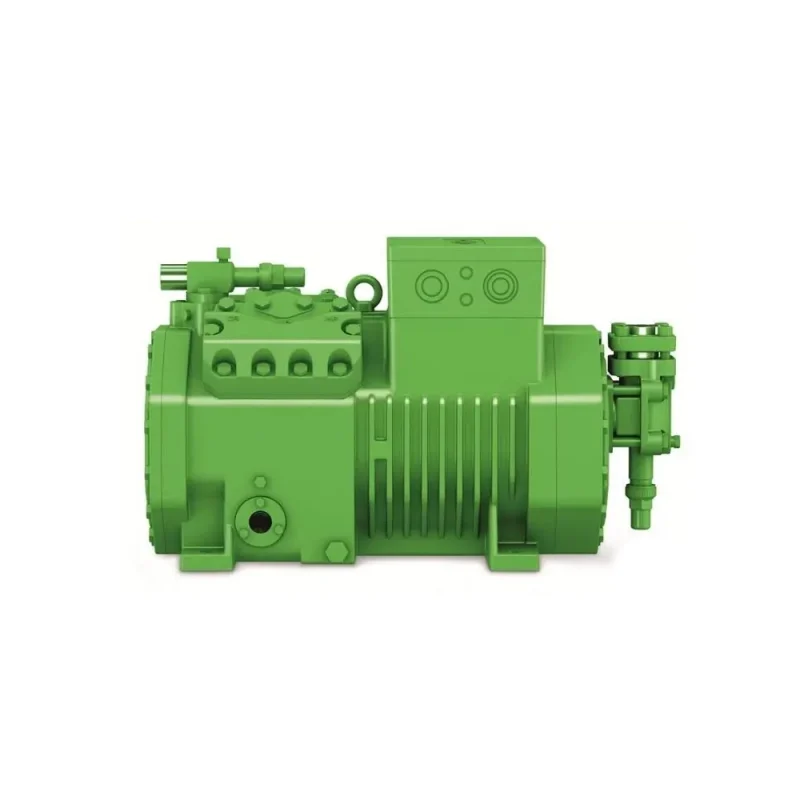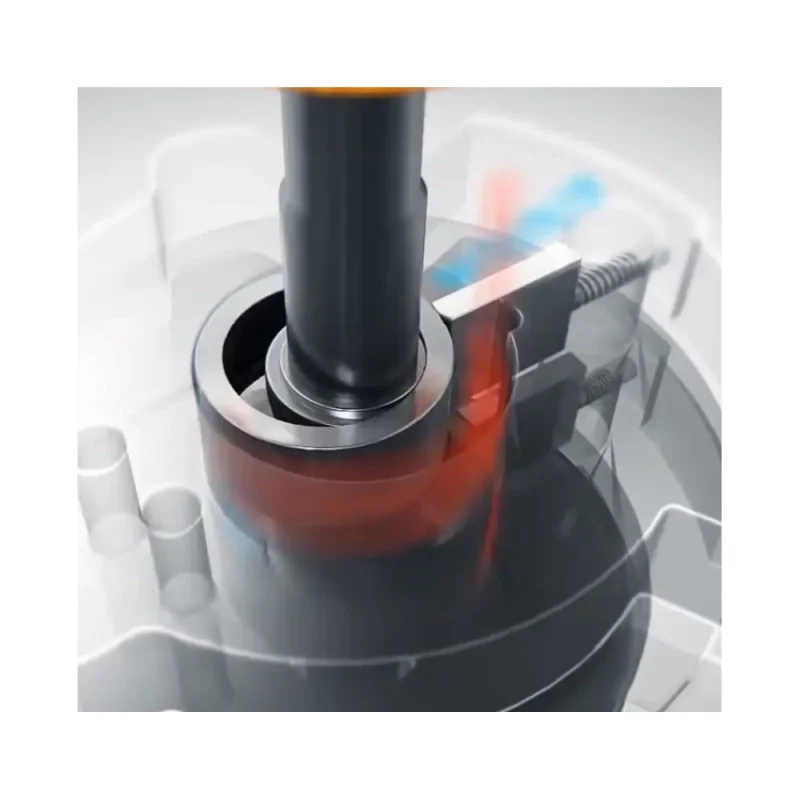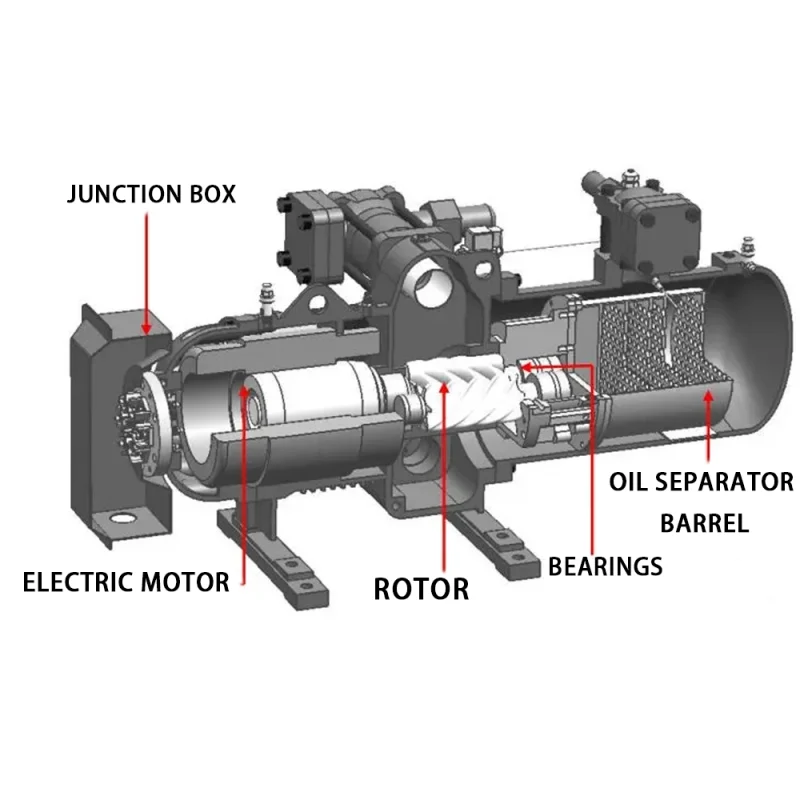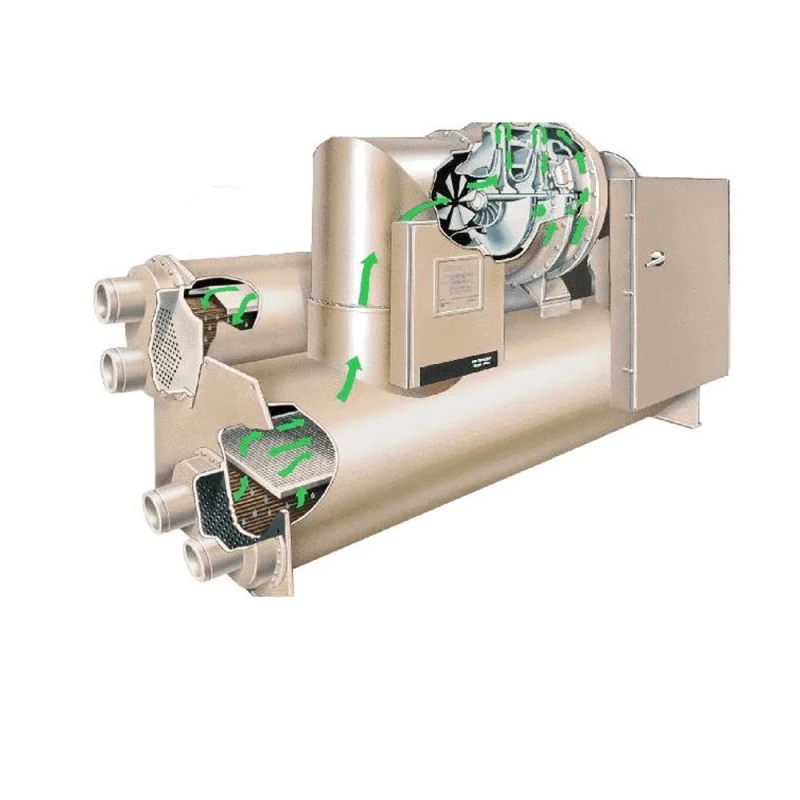News
Common refrigeration compressors
1. Semi-hermetic piston refrigeration compressor
Among various types of refrigeration compressors, piston compressors are the earliest and still the most widely used type. For example, semi-hermetic piston refrigeration compressors are widely used in refrigeration and freezing equipment.
Features of semi-closed piston refrigeration compressor: wide pressure range and refrigeration capacity, low material requirements, relatively mature technology, relatively simple compressor system, but very afraid of liquid hammer.
Common faults in semi-hermetic piston refrigeration compressors can be categorized into two main types: mechanical failures and electrical failures. On the mechanical side, typical issues include wear or damage to components such as connecting rods, crankshafts, and valve plates. On the electrical side, problems often involve motor winding failures, such as short circuits, open circuits, or burnout.

2. Twin-rotor refrigeration compressor
Twin-rotor compressors are now widely used in household appliances, and the export scale of rotor compressors has been increasing year by year. The compound growth rate from 2009 to 2019 is 12.8%. Now many air-conditioning equipment below 7 horsepower choose twin-rotor compressors.
Features of rotor compressors: few parts and simple structure. Few wearing parts and reliable operation. No suction valve plate, small clearance volume, high gas transmission coefficient, high processing precision requirements, poor sealing performance, and large leakage loss.
The advantages of twin-rotor compressors are good low-frequency energy efficiency ratio, not as good as scroll high-frequency energy efficiency ratio, slightly greater noise, vibration and wear than scroll, shorter life than scroll, and difficult to achieve large displacement. The advantages of scroll compressors are average low-frequency energy efficiency ratio, better high-frequency energy efficiency ratio than scroll, less noise, vibration and wear, long life, and can achieve large displacement.

3. Scroll refrigeration compressor
Scroll compressors are mainly composed of moving plate (scroll rotor), static plate (scroll stator), bracket, cross coupling ring, back pressure chamber and eccentric shaft. It can be divided into low pressure chamber compression and high-pressure chamber compression.
The characteristics of scroll compressors are smooth operation, low vibration, quiet working environment, few wearing parts, smooth operation, low noise, long life, and high EER value. They are used in refrigeration and air-conditioning systems.

4. Screw refrigeration compressor
The screw refrigeration compressor is mainly composed of a housing, a rotor, a bearing, a shaft seal, a balance piston, an energy regulating device, etc. The screw refrigeration compressor has two screws with spiral teeth meshing and rotating, causing the volume between the teeth to change, thereby completing the process of suction and compression. The cooling capacity can be adjusted sleeplessly between 10% and 100%. Screw refrigeration compressors are now widely used in refrigeration and HVAC equipment.

Characteristics of screw refrigeration compressors: The rotor and bearings are relatively strong and wear-resistant; the exhaust volume is almost unaffected by the exhaust pressure; high efficiency is maintained over a wide range of operating conditions; energy can be adjusted sleeplessly, and it is insensitive to liquid inlet. However, large amounts of liquid return can also cause compressor failure.

5. Centrifugal refrigeration compressor
Centrifugal refrigeration compressor is a speed type compressor, which is a kind of impeller rotating machine. It relies on the high-speed rotating impeller to do work on the gas to increase the pressure of the gas. Almost all refrigeration compressors with a single unit capacity of more than 1200kW use centrifugal refrigeration compressors. Generally, centrifugal compressors are used in large and extra-large air-conditioning equipment.
Centrifugal refrigeration compression features: good dynamic balance, low vibration; few wear parts, long continuous operation cycle; easy to achieve multi-stage compression and throttling and achieve a variety of evaporation temperatures; economical stepless adjustment; low efficiency when the cooling capacity is small; prone to surge.

